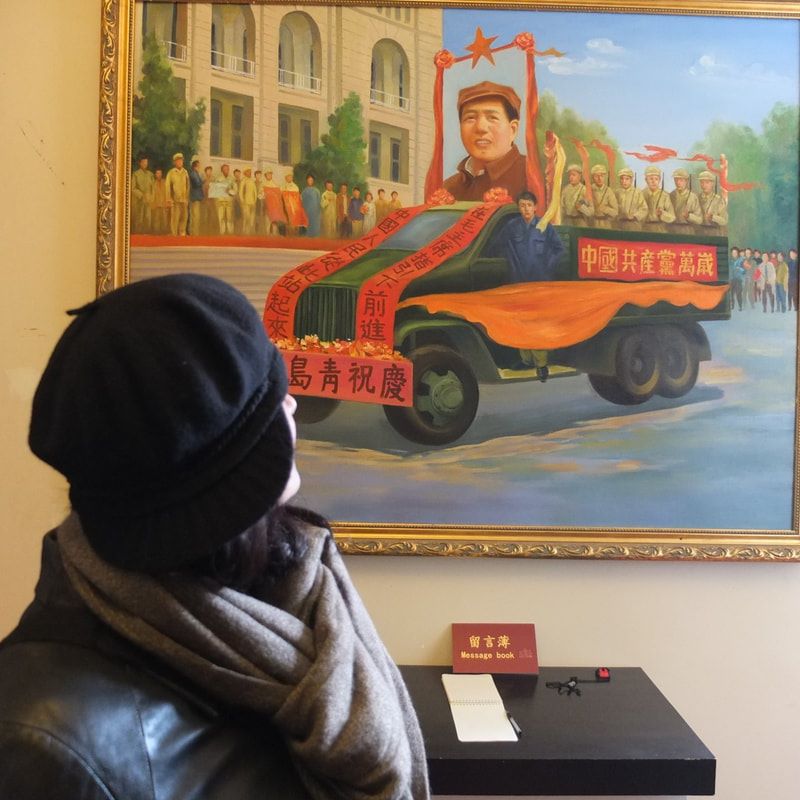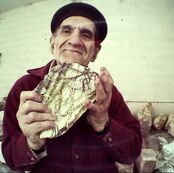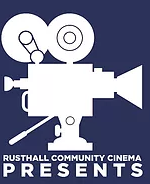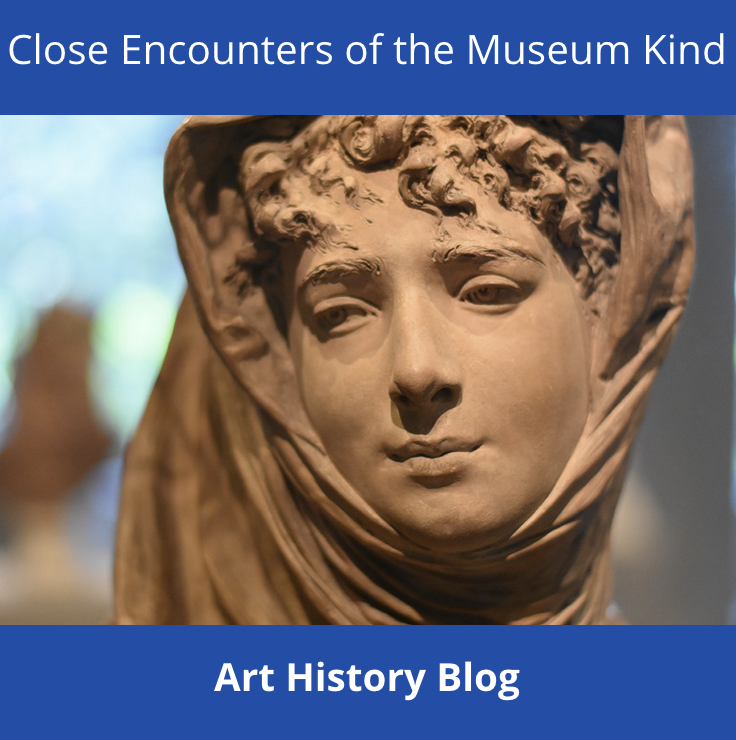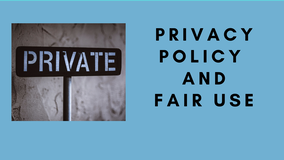|
Shoot before or after - that is the question! WORKSHOP 6 I was asked a question after the last workshop: "When is the best time to begin shooting a film? Can we shoot lots of footage and then start thinking about how to organise all this material? That way we will know what is possible and have something concrete to work with. Or is it best to plan the documentary in advance before we actually begin to film anything?" With Documentary we don't know what is going to happen, how it will happen nor when it will happen. Unlike fiction which is structured, when working on DIY documentaries life happens differently. Usually we film in stages; this is why it takes so long to make a documentary. We need to be very flexible, but should plan. The order we shoot our film depends on many factors. THE LIST IS ENDLESS.
TV If we are working on a documentary destined for TV which is commissioned, the structure and order followed will usually be similar to that of a fiction film. There will be a deadline, and that must be resepected. There will be a bigger team involved with lots more money. However, even in this case, documentary can NEVER be controlled, even if it is heavily scripted - there are always surprises. THE NOW I believe, there is no better time than NOW to begin. I have a small HD camera and a zoom recorder. I take them everywhere as one never knows WHEN! If I can't use them - too in-the-face - I use my cell-phone and also record audio from it. An old buddy Stanley Lewis, my mentor (and muse), insisted I have my camera with me all the time. Thank God I did, even though much of the footage I shot with him for my first feature is on mini DV, a bit grainy, and shaky at times, but it is HIM, in his studio. I captured the 'moment,' that instant, without any planning. Things happened quickly around Stanley. I'd sit for hours with my video camera and document his life. Scripting When shooting my first documentary portrait of Stanely, Where's Stanley?, encouraged by Mary Ellen Davies, a filmmaker who inspired so many of us, her students; from the Mel Hoppenheim Film school, Montreal, we used 16mm. It was expensive, 400' roll (11 minutes), about 80$; then we had to process it. To make sure every second could be accounted for I scripted the entire 7 minutes. From the time Stanley would enter his studio, to when he would go to the book shop, to when he would go to the Main Deli. Storyboarding I created a storyboard, and worked as if shooting a fiction film. It was really tight work, and a documentary I am really proud of. I prepared for about two weeks. I had everything the way I wanted. Stanley collaborated with me, reconstructing every moment, both of us checking the light in his studio as he wanted me to use natural light. It took a weekend to shoot during the freeze of the Montreal winter. The next documentary was created with Zoe Mapp. Birth of the Smoked Meat was shot in the same way as Where's Stanley?. We also shot in 16mm. We had control of the Main Deli where we filmed. We worked over a weekend. Making smoked meat is the same routine, done the same way for many years; it was easy to plan around it. I have never filmed like that since. With such a schedule. On beautiful 16mm. With such preparation. My other films have taken years to complete, filming the whole way through the different production stages and using mixed media and mini DV and HD. Agnes Varda was never without her camera. EVER. "... She, Varda, asserts that modesty, which she strives to inculcate in the audience, was one of her primary motivations for using a DV camera...it is the small size and flip-out-monitor of her handicam that allows us to get physically closer to people during interview without intimidating them ..." Excerpt from There She Goes: Feminist Filmmaking and Beyond by Kay Armatage and Melinda Barlow How to start to film? JULY 2020 I have met John, he lives near next door to my daughter, UK. We chat over the fence when I visit her. He has a glorious garden. He tells me about his mother's dementia and the old folks home she is now at. He has not seen her for 4 months in person, only waves from a window. His distress is natural. His story is another Covid19 story; he needs to talk about it. To let off steam. I like to listen. Yesterday I asked him about his family history. His grandmother was an orphan, born in 1906. She was sent off to Canada on a boat at the age of 12 to join hundreds of other children, the "Home Children." Forced to work in a big house as a domestic, her life was rough. She managed to escape back to England at 19, pregnant. The rest John will tell me next week. He says I can interview him. He also has a lot of documentation and photos. I immediately went home and did some research about the "Home Children." From one conversation an idea is born. What will I film?
John also recounted a story about an uncle who was a real English hobo, preferring life on the road travelling the countryside with a swag. He'd come home once every few months for a rest, good food, shave, clean clothes, then off again, sleeping in woods, eating wild animals, till one day, he just never came back. John thinks he might have died in the woods he loved so much. The visual imagery is so strong, I cannot help my self from day-dreaming strong visuals around John's words. How will I use what I film? I would like to incorporate some of John's story into my current documentary Waiting for my brain. While waiting in the UK, to go back to China where I live, have my home and job, and to see my brain surgeon, other people's stories, so poignant, touching and entwining around mine are paramount. This is such an important time in history. John's story as important as mine. The longer story about John's grandmother will have time to grow in my mind. Time will show me where it will take me 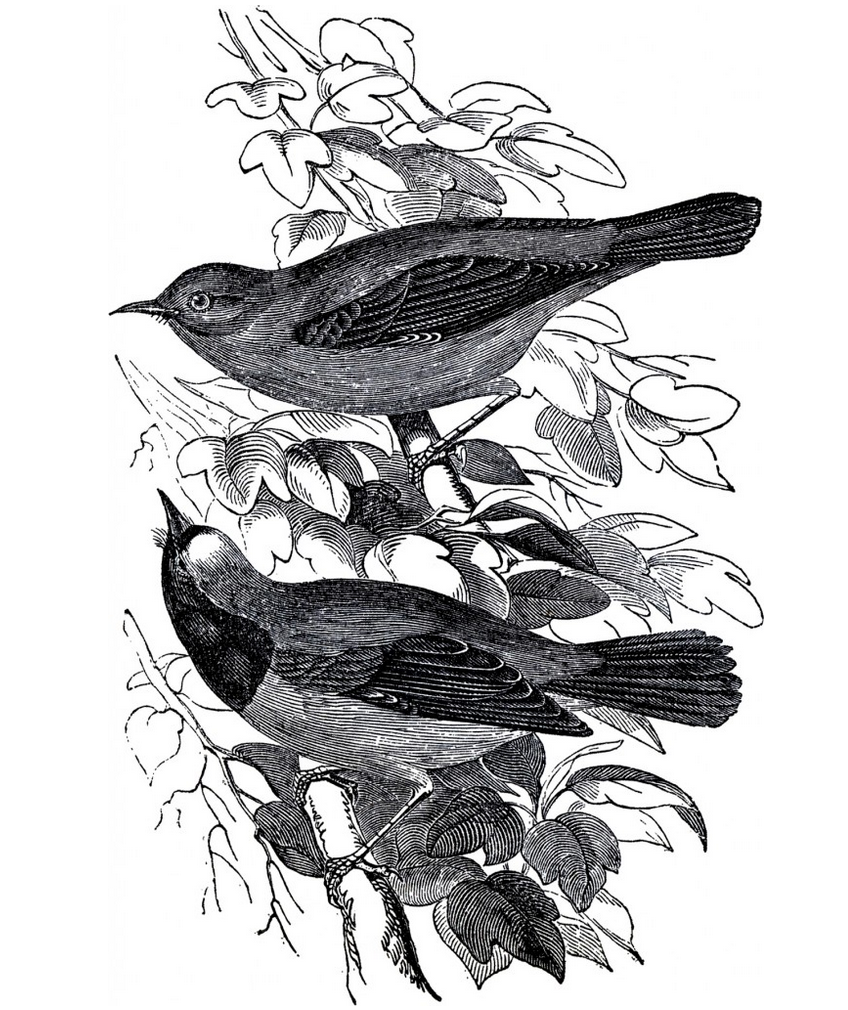 Etching - Public domain, from the "Graphics Fairy" Etching - Public domain, from the "Graphics Fairy" 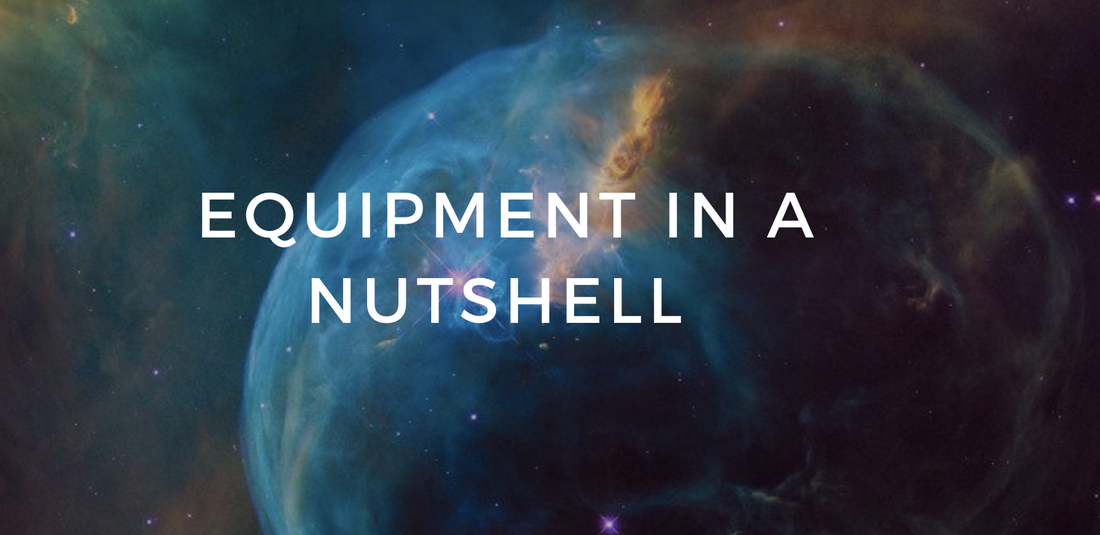 Equipment
If you are starting out and this is your first time to film something, don't be nervous. There are so many great online tutorials which will show you the basics. You just need to get started and not get bogged down with too much technology. Here is a link to SOME SIMPLE TUTORIALS If you use your cell-phone, you can download the FILMIC app for about 15$. Spend time playing around. Practise. Begin to think of your phone as a tool to tell your stories with. The most important tool you have. What you don't need NOW! Is a really expensive camera with lots of lens in the beginning. The more you learn, the more time you spend experimenting, will bring you better results. I will talk much more about the production side - filming and cameras - in a later workshop. Digital point and shoot cameras For now - Don't wait for the perfect time, JUST DO IT! SHO0T IT! Next workshop: How to interview your subject/s and equipment
1 Comment
|
Jeanne PopeFilmmaker, teacher, traveller and storyteller
Other Links |
|
"Thank you dear Jeanne. It is an honour to have your creative thoughts which are printed in this film. With your love energy, passion and creative thoughts and encouragement this film can have its own soul finally. Thank you so much". Tao Gu - Taming the Horse
|
"Jeannette taught me the tools I needed, never having made a documentary before. She gave so much time, patience to show me, guide me and share her creativity and skills with me." Dr. Zou Qialing, Beijing Film Academy, Qingdao Campus
|
|
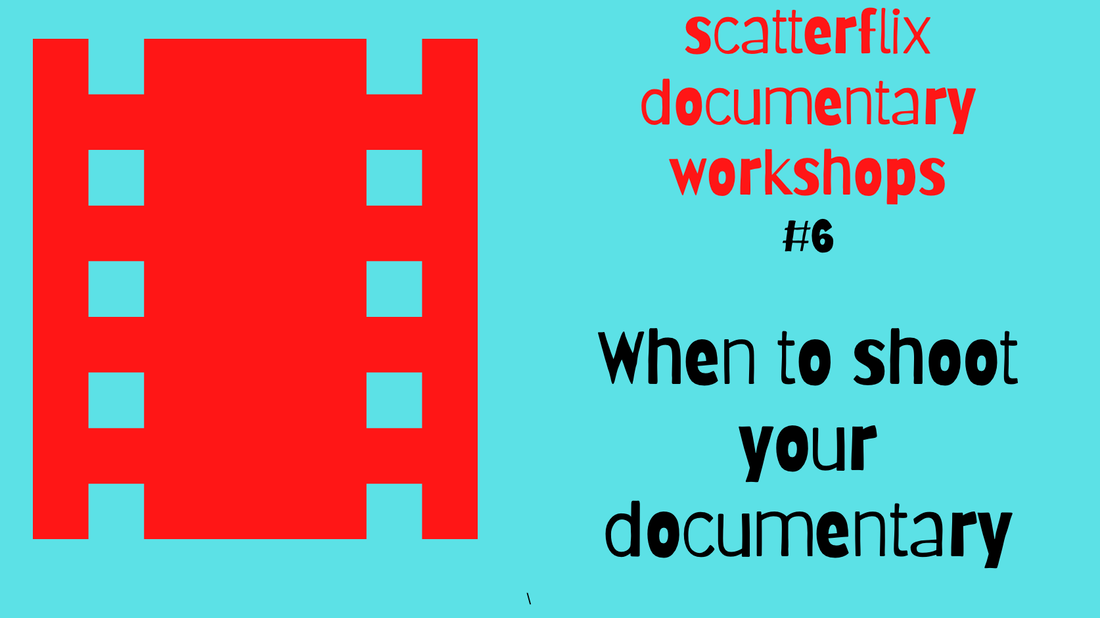
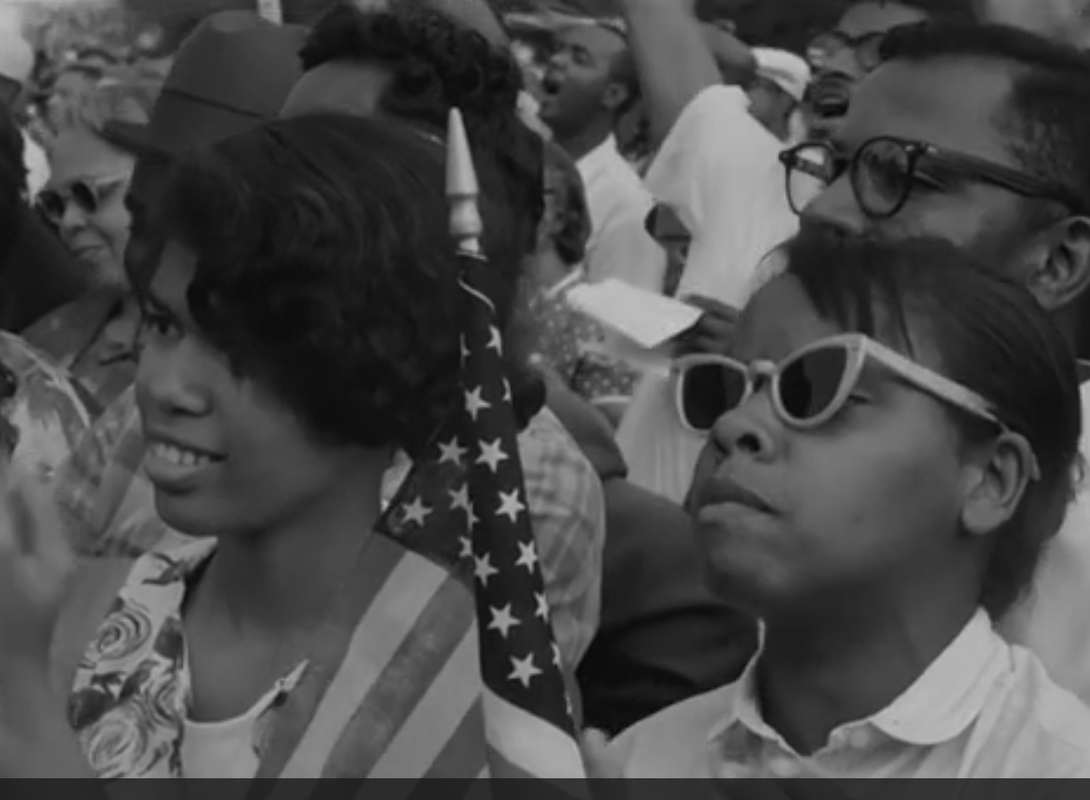
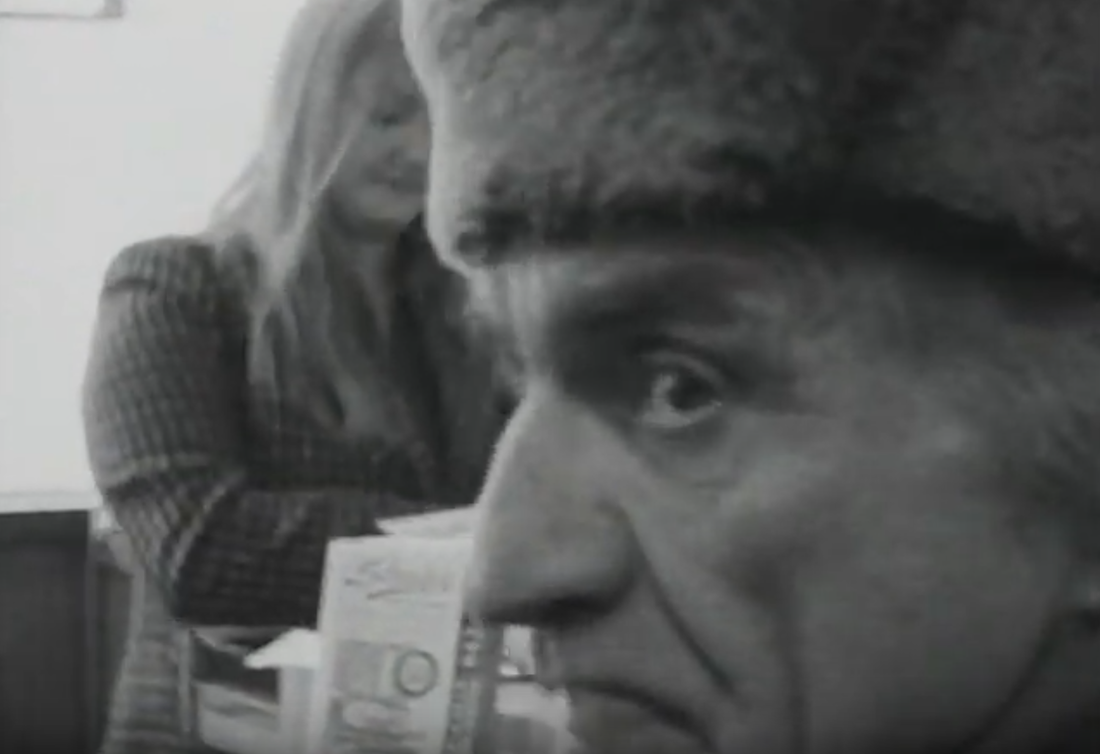
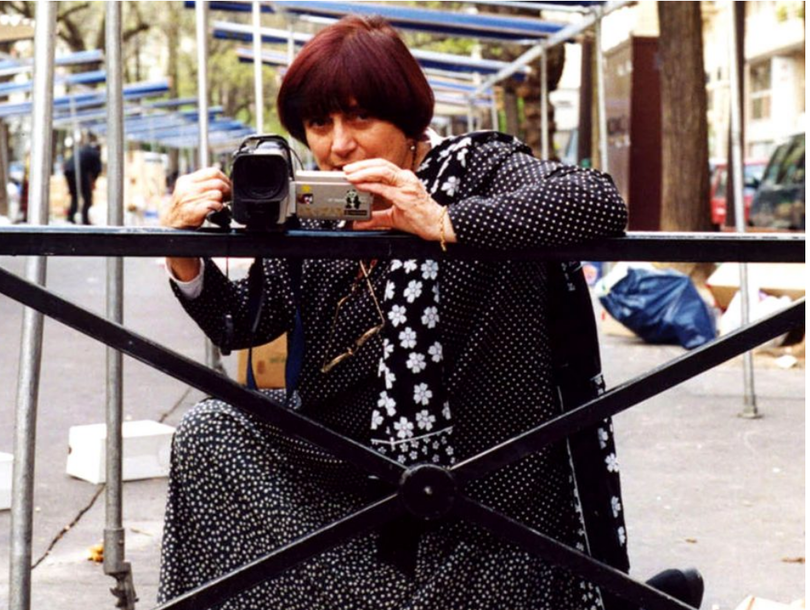
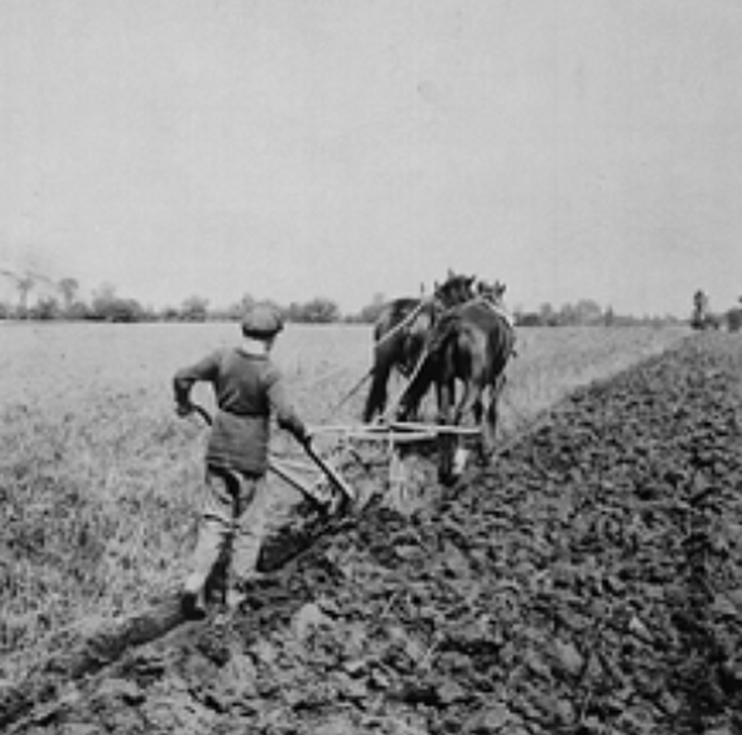
 RSS Feed
RSS Feed
